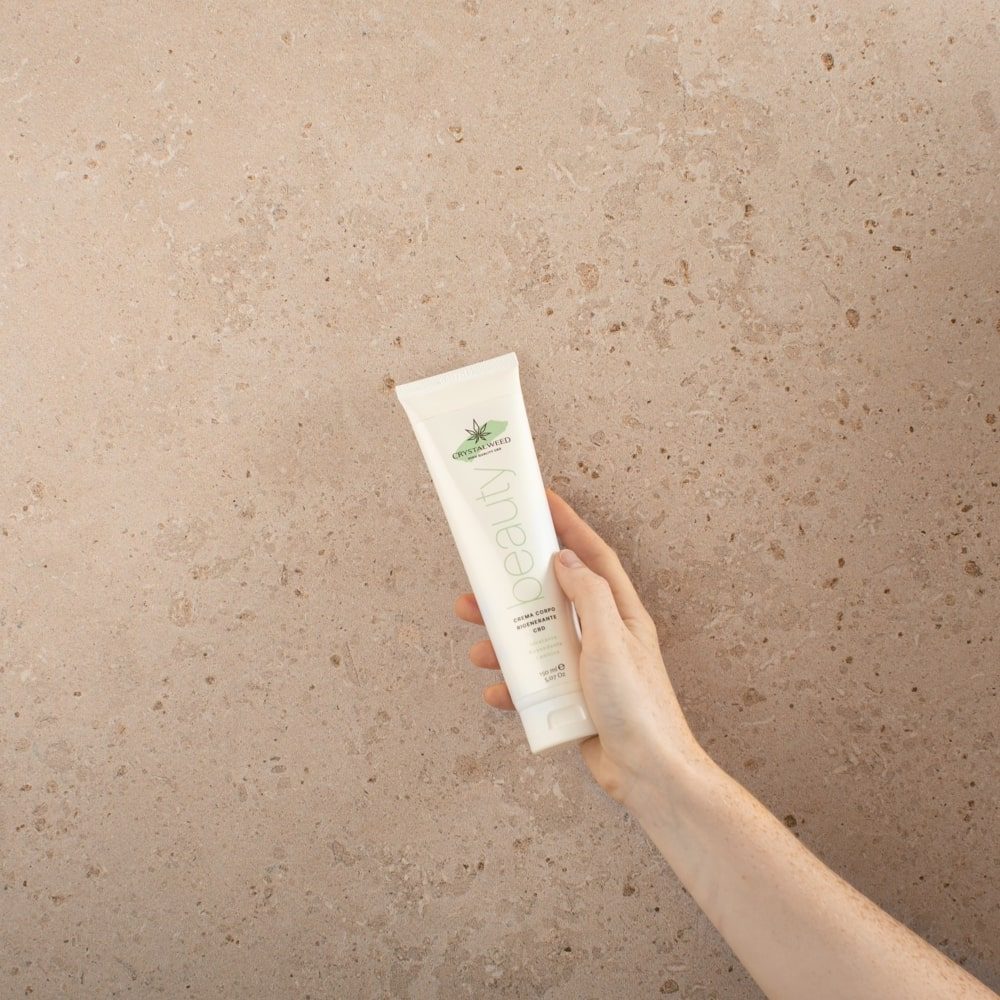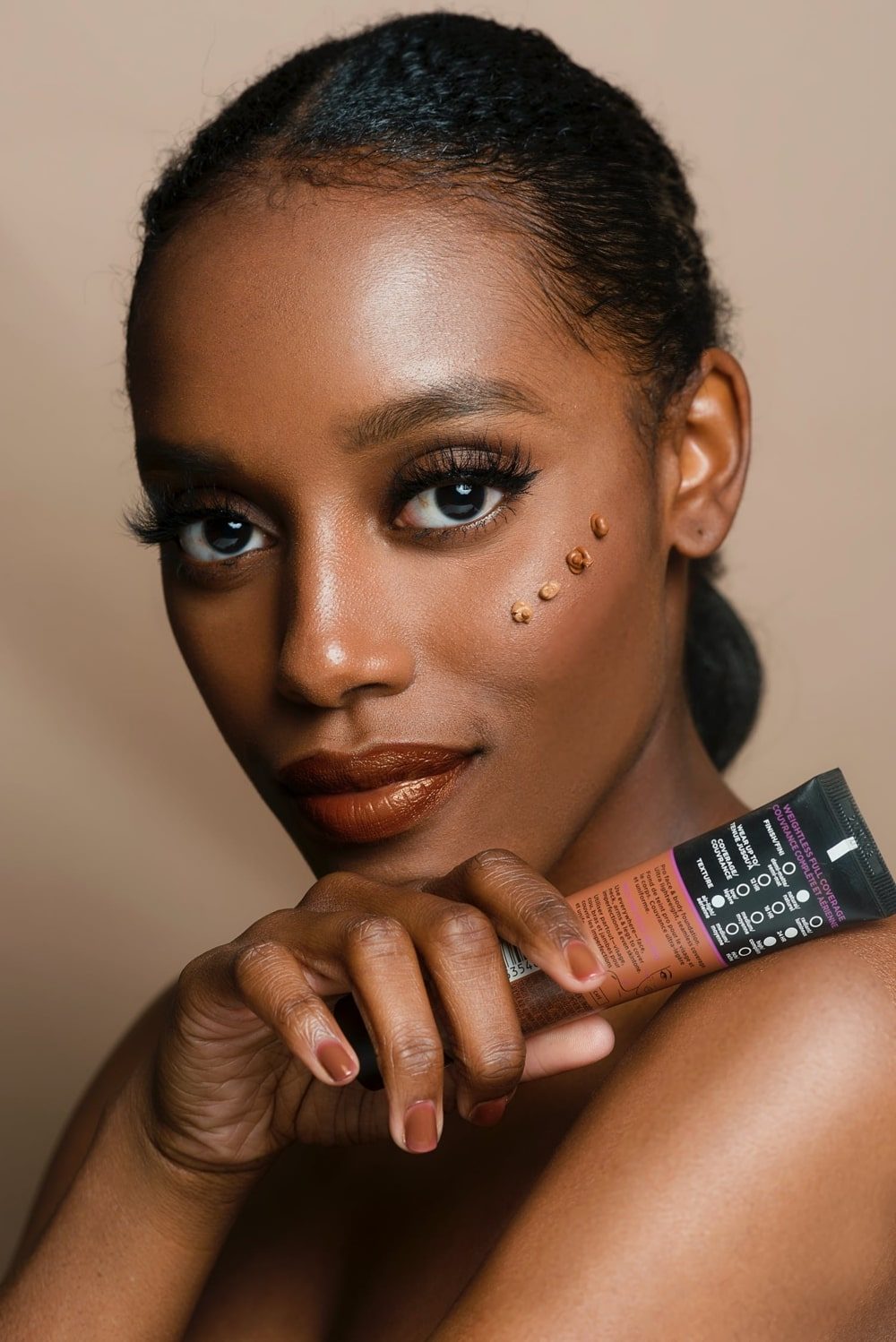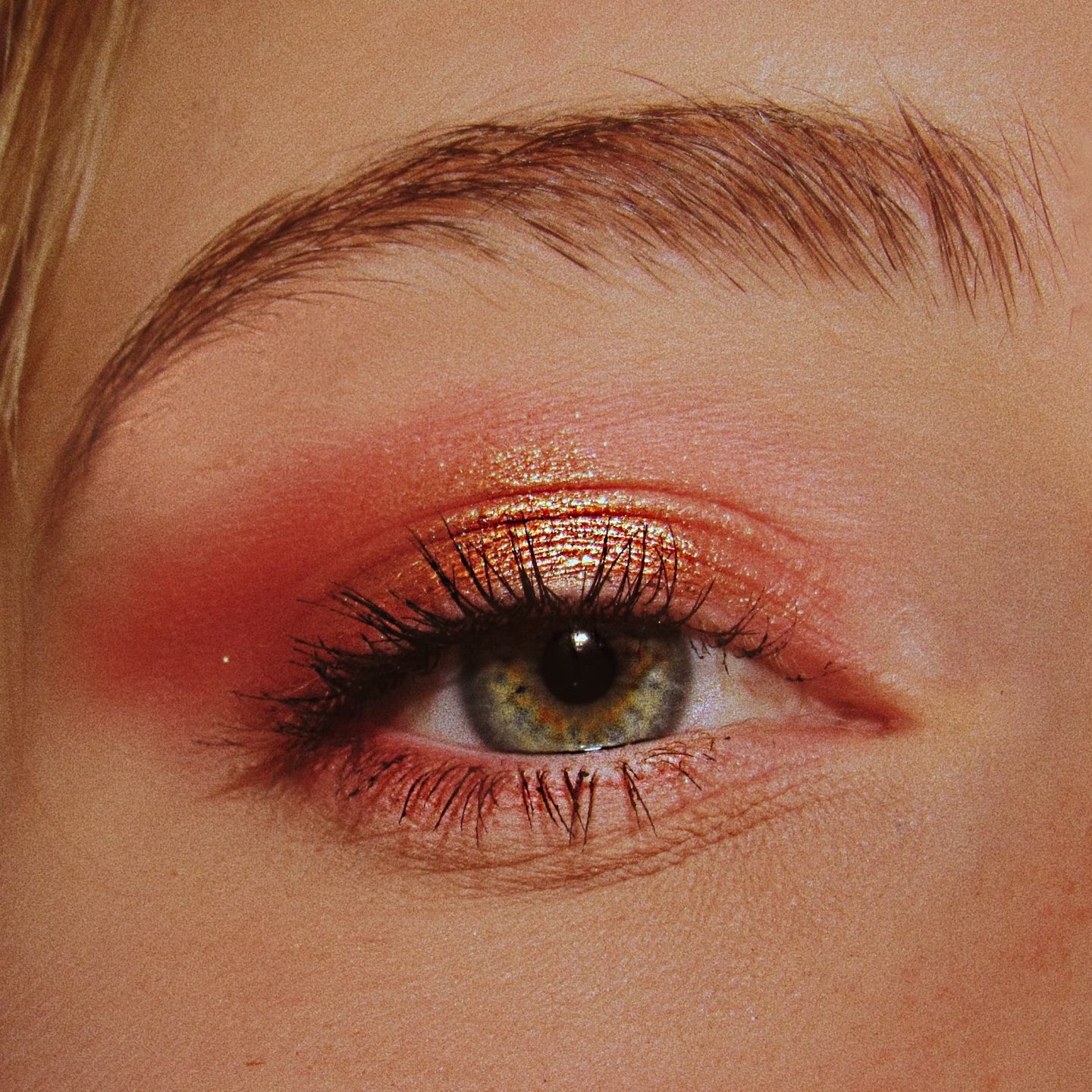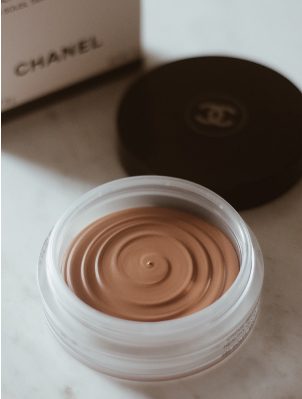LASH EXTENSIONS ALLERGIC REACTIONS
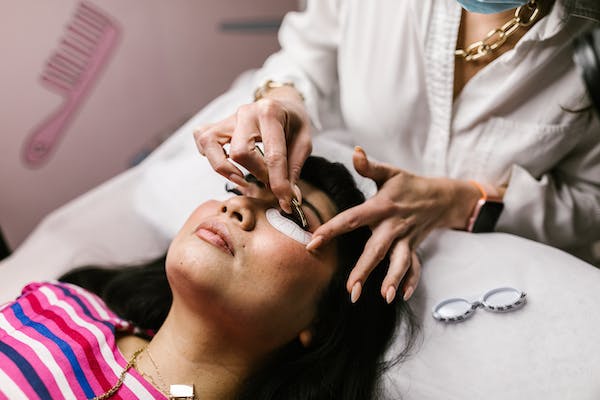
If you experience a reaction to lash extensions, it’s important to address it promptly to avoid further discomfort or potential complications. Here are some steps to follow:
WHAT TO DO IF YOU HAVE AN ALLERGIC REACTION TO LASH EXTENSIONS
- Remove the Extensions: If you notice any discomfort, redness, itching, or swelling around your eyes, the first step is to remove the lash extensions. You can do this at home by gently washing your face with warm water and a mild, oil-free cleanser. Avoid using oil-based makeup removers, as these can break down the lash adhesive.
- Apply a Cold Compress: To reduce swelling and soothe any irritation, you can apply a cold compress to your eyes. Use a clean cloth or a cold gel eye mask and apply it for 15-20 minutes. Do not put ice directly on your skin.
- Avoid Rubbing or Scratching: It’s crucial not to rub or scratch your eyes, as this can exacerbate the reaction and potentially lead to an infection.
- Take an Antihistamine: If you suspect that the reaction is due to an allergy, you can take an over-the-counter antihistamine like diphenhydramine (Benadryl) to help reduce itching and inflammation. Follow the recommended dosage on the packaging.
- Seek Medical Advice: If your symptoms are severe, persistent, or if you experience any of the following, seek medical advice promptly:
- Severe swelling that affects your vision.
- Significant pain or discomfort.
- Pus or discharge from the eyes.
- Signs of an infection, such as red streaks, increasing warmth, or fever.
- Contact Your Lash Technician: Reach out to the lash technician or salon where you had the extensions applied. Inform them of the reaction you’ve experienced. They may be able to provide insight into the products used and help you determine if you have an allergy to any of them.
- Patch Test: In the future, if you decide to get lash extensions again, consider asking for a patch test. This involves applying a small amount of adhesive or lash material to a less visible area, such as behind your ear, to check for any allergic reactions before applying the extensions to your eyes.
- Review the Products Used: If you have a known allergy to certain substances, it’s essential to review the ingredients of the lash extension adhesive and lashes used. Some people may be sensitive to formaldehyde or other ingredients commonly found in adhesives.
- Consult an Allergist: If you suspect that you have a severe allergy to lash extension materials, consider consulting with an allergist for allergy testing. They can help you identify specific allergens and provide guidance on how to manage future situations.
Aside from what we’ve shared above, many people encounter allergic reactions to lash extensions due to improper application during the service.
At Annie cosmetics, all of our stylists receive extensive training and must meet the proper requirements to become certified before working with guests. To avoid a lash extension mishap or feel at ease knowing that if you do have a reaction, you’re in professional hands, choose Annie cosmetics today!
Tag:
Share
Share on facebook
Share on twitter
Share on linkedin
Categories
Popular Post
November 29, 2023
October 31, 2023
October 4, 2023
Instagram
© 2023 Annie Cosmetics.


